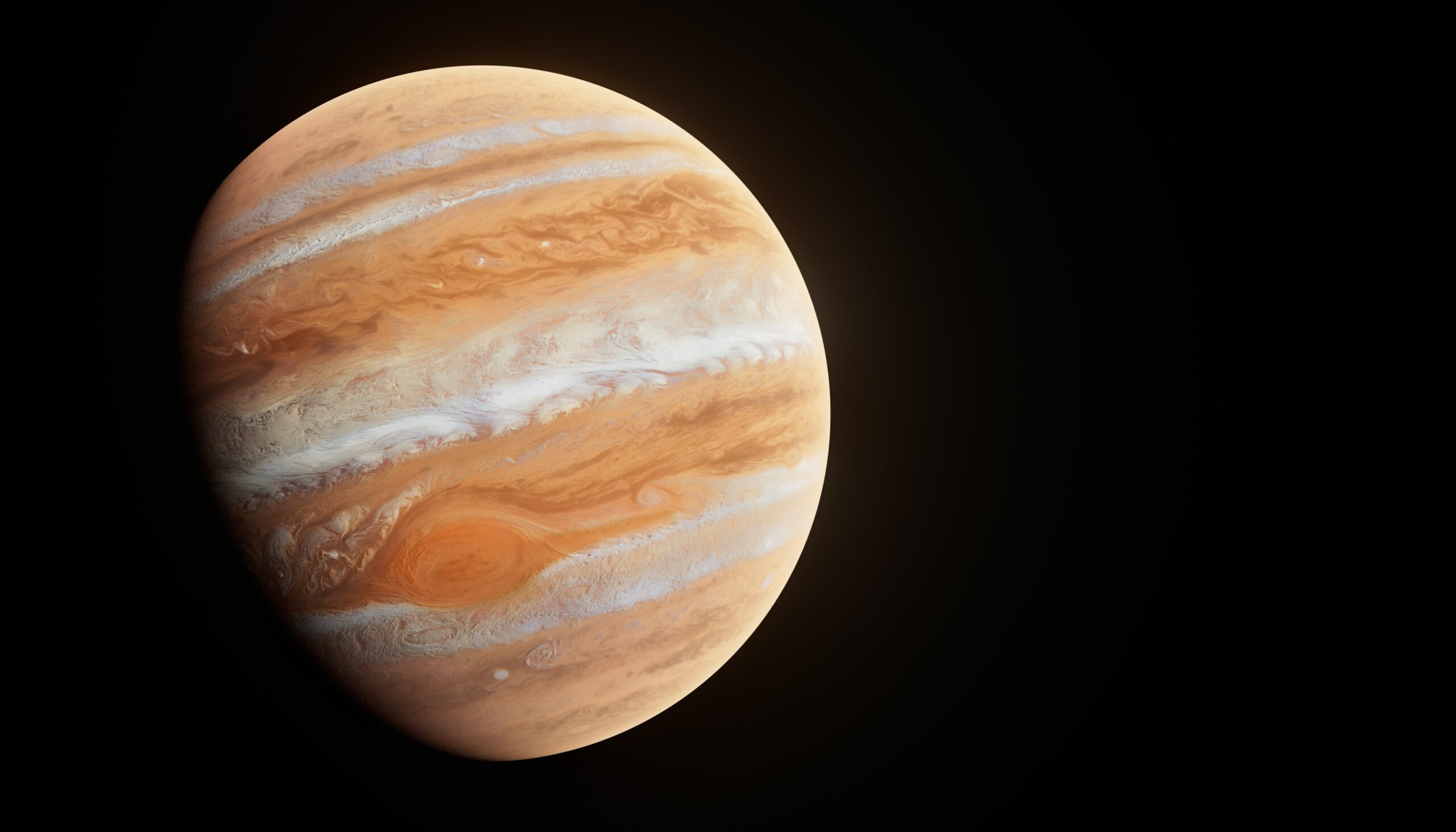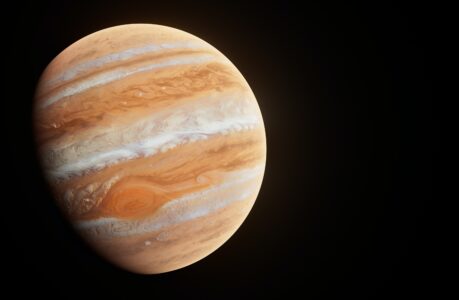Unveiling the Wonders Beyond: Your Guide to Choosing the Perfect Telescope for Lunar and Planetary Exploration
When gazing up at the night sky, it’s impossible to ignore the celestial wonders that adorn the canvas of darkness. Our solar system, replete with mesmerizing planets and the enigmatic Moon, has captivated human curiosity for centuries. Thanks to advancements in technology, we now have the means to scrutinize these cosmic bodies with exceptional clarity. Telescopes, the windows to the universe, come in a variety of types and sizes, each tailored to specific celestial observations. In this guide, we embark on a journey through space as we delve into the realm of lunar and planetary exploration, handpicking five exceptional telescopes that promise to reveal the secrets of our neighboring worlds.
Unveiling the Cosmic Tapestry: Why Lunar and Planetary Observations Matter
Before we delve into the realm of telescopes, let’s understand why lunar and planetary observations hold such significance. The Moon, Earth’s steadfast companion, has been a subject of fascination and inspiration since time immemorial. Its craters, valleys, and seas have not only shaped the course of astronomy but also influenced human culture and imagination.
The planets, on the other hand, are like cosmic time capsules. Each one, from the blazing Venus to the gas giants like Jupiter and Saturn, carries unique characteristics that provide invaluable insights into the formation and evolution of our solar system. By scrutinizing their surfaces, atmospheres, and moons, astronomers can unravel the mysteries of our own planet’s origins and future.
The Quest for the Perfect Telescope: Factors to Consider
Selecting the ideal telescope for lunar and planetary observations can be an overwhelming endeavor. A multitude of factors come into play, each influencing your celestial exploration experience.
Aperture: The Gateway to Celestial Detail
Aperture, the diameter of the telescope’s primary lens or mirror, reigns supreme in the realm of astronomical clarity. A larger aperture gathers more light, enabling you to perceive finer details on the lunar surface and planets. For lunar observations, apertures around 4 to 6 inches are excellent, while planets demand more light grasp, ideally in the range of 8 inches or more.
Focal Length and Ratio: Unveiling Cosmic Proximity
The focal length and ratio determine the magnification and field of view your telescope can achieve. A higher focal ratio is great for lunar observations, as it delivers crisp, detailed images. However, planetary observations benefit from a lower focal ratio, offering larger fields of view to capture expansive planetary nebulae and majestic rings.
Optical Quality: The Pursuit of Clarity
The heart of any telescope lies in its optics. Telescopes with premium glass and coatings ensure minimal aberrations and optimal light transmission. When zeroing in on the craters of the Moon or the intricate cloud bands of Jupiter, optical excellence is non-negotiable.
Mount Stability: Framing the Celestial Marvels
A sturdy mount is the backbone of astronomical observations. For lunar and planetary gazing, a motorized equatorial mount is advisable. It tracks the celestial objects as they glide across the night sky, keeping them in your telescope’s view for extended periods, enabling detailed study and astrophotography.
Portability: Where Sky Meets Earth
Transportability is a practical consideration often overlooked. Depending on your location and storage space, you might prefer a compact and lightweight telescope. This is particularly important if you plan to transport your telescope to areas with minimal light pollution for optimal observations.
Telescopes That Bring the Cosmos Closer: Our Top Picks
Now that we’ve uncovered the fundamental aspects to consider, let’s dive into the crux of our guide – the telescopes. We’ve handpicked five remarkable options that cater specifically to lunar and planetary observations.
1. Celestron NexStar 8SE: Merging Power and Portability
The Celestron NexStar 8SE is a testament to engineering brilliance. With its 8-inch aperture and high-precision optics, this Schmidt-Cassegrain telescope transforms your backyard into an observatory. Its computerized mount, driven by a database of over 40,000 celestial objects, ensures accurate tracking. For lunar and planetary enthusiasts, the NexStar 8SE offers a perfect blend of power and portability, making it an ideal choice for both seasoned stargazers and beginners.
2. Orion SkyQuest XT10i: Reflecting the Cosmos
For those who believe that size matters, the Orion SkyQuest XT10i is a dream come true. This 10-inch Dobsonian reflector telescope is an embodiment of astronomical prowess. Its sizable aperture guarantees breathtaking views of the Moon’s craters and the intricate features of planets. While its Dobsonian mount might not be as compact as others, it ensures stability and easy maneuverability. With the SkyQuest XT10i, you’re not just observing celestial bodies; you’re reflecting on the grandeur of the cosmos.
3. Meade LX90 ACF: Where Precision Meets Vision
The Meade LX90 ACF is a masterpiece engineered for precision. Its Advanced Coma-Free (ACF) optics eliminate off-axis star coma and guarantee distortion-free images. Whether you’re exploring lunar mountains or capturing the ever-changing cloud bands of Jupiter, the LX90 ACF delivers uncompromising clarity. Equipped with an AudioStar controller, this telescope effortlessly guides you through the cosmos. If you seek a telescope that marries advanced optics with user-friendly features, look no further than the Meade LX90 ACF.
4. Sky-Watcher Evostar 72ED: Capturing Lunar Elegance
Astrophotographers yearning to capture the Moon’s ethereal beauty need an instrument tailored to their passion. The Sky-Watcher Evostar 72ED, a compact apochromatic refractor, is a gem for lunar imaging. With its extra-low dispersion glass, it minimizes chromatic aberration, delivering stunning high-contrast images. Its modest aperture excels in lunar and planetary photography, providing a fresh perspective on our celestial neighbors. If your goal is to encapsulate the Moon’s elegance in every frame, the Evostar 72ED is your ideal companion.
5. Explore Scientific ED102: Your Portal to Planetary Splendors
The Explore Scientific ED102 apochromatic refractor is a doorway to the mesmerizing realm of planets. Its 4-inch ED glass aperture, coupled with FPL-53 optics, transforms planetary details into visual symphonies. The true-color images produced by this telescope are a delight for both visual observers and astrophotographers. Its versatility shines as it seamlessly transitions from lunar observations to capturing the fine nuances of Saturn’s rings. With the ED102, exploring the planets isn’t just a scientific endeavor; it’s a soul-nourishing experience.
Embark on Your Celestial Odyssey
As you stand on the precipice of astronomical exploration, armed with the knowledge of telescopic considerations and the allure of our top picks, the universe beckons. The Moon, with its timeless mysteries, and the planets, with their enigmatic tales, eagerly await your gaze. Choose a telescope that resonates with your aspirations and venture into the cosmic expanse. Every lunar crater you scrutinize and every planetary band you capture brings you closer to the heart of our solar system, enriching your understanding of the cosmos and our place within it.
Fair Warning: The universe is known to cause euphoric states of awe and wonder. Proceed with curiosity.
Begin your cosmic journey today. Explore our handpicked telescopes designed for lunar and planetary observations, and unveil the beauty of the universe like never before.
Remember, the universe is an endless expanse of knowledge and beauty, waiting to be uncovered. So, seize your telescope, cast your gaze upon the night sky, and let the stars ignite the flames of curiosity within you. Happy exploring!
Disclaimer: Images used in the article are for illustrative purposes only.

